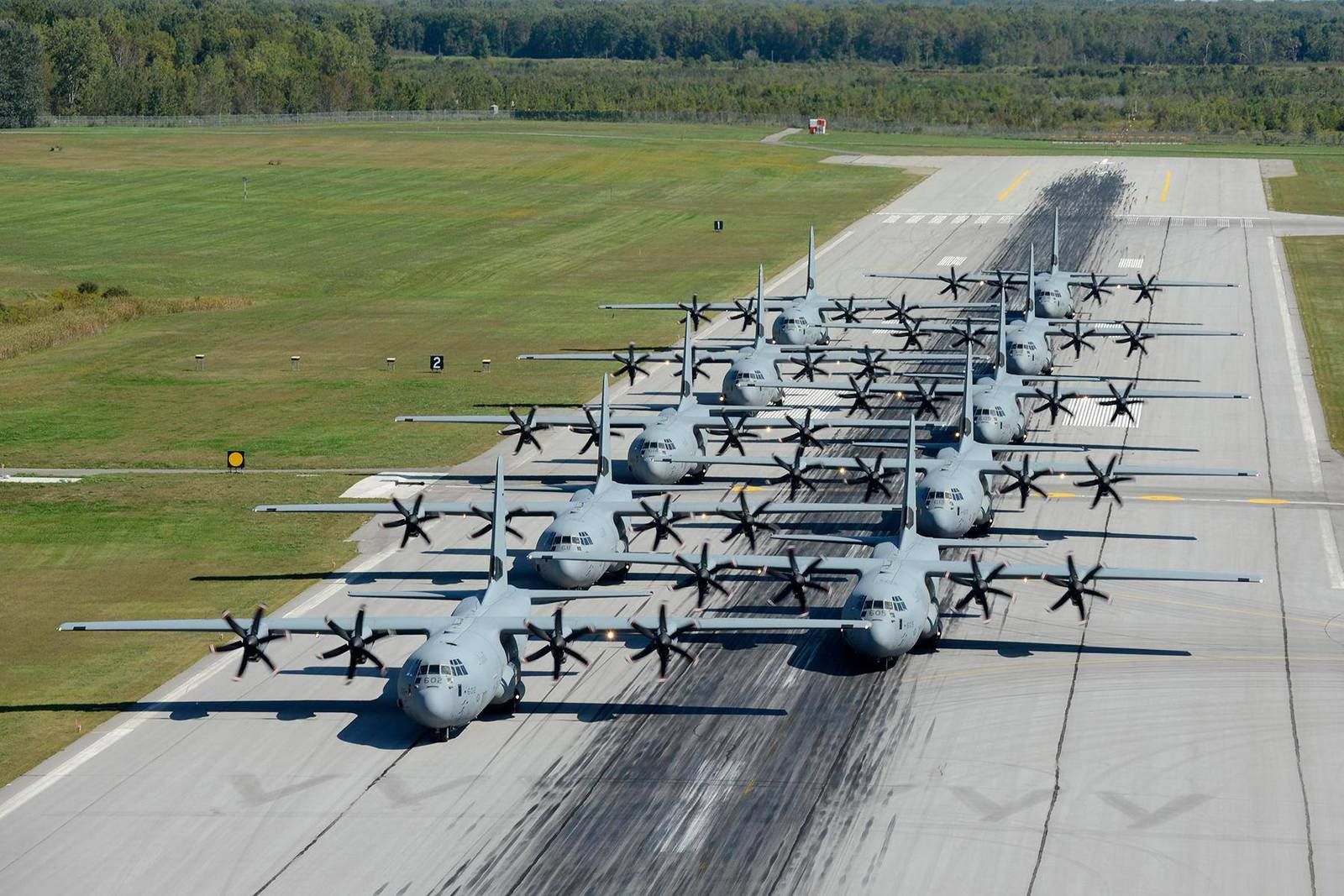07.04.2014 Shani Pomes - iaf.org.il
This week, the IAF is expected to become stronger with the landing of the latest transport plane, the Hercules C-130J "Shimshon" (Hebrew for Samson). The IAF's new acquisition is capable of carrying much more than its sister plane, the Hercules H, and will be equipped with advanced Israeli systems which will extend the strategic arm of the IAF
This week, it's finally happening: after long anticipation and much preparation, the Hercules C-130J will land at the Nevatim airbase and will join the ranks of the IAF. The latest plane will join the Heavy Transport Division of the force and will add advanced capabilities to the long arm of the IAF.
Big, Accurate, Strong And Safe
The IAF purchased the long version of the Hercules C-130J from Lockheed- Martin which allows for an improved carrying capacity: instead of 64 paratroopers the short version can carry, the Hercules C-130J can accommodate in its cargo hold 92 paratroopers and their equipment. Alternatively, the cargo hold can accommodate four military SUVs instead of three, or transport 128 soldiers.
"The more cargo a plane is able to take, the fewer the trips that are necessary to accumulate power on the battlefield", explains Lieutenant Colonel Uri, commander of the "Elephants" squadron. "Also, there is cargo that cannot be put in a short plane and can only be put in a long plane". A tour of the cockpit of the Hercules C-130J reveals cutting-edge technology: in addition to the digital screens and the advanced displays, the new plane is equipped with new systems that streamline the aircraft maintenance work and allow the technicians to gain information on the routine operations and the malfunctions. Many of the systems that will be installed in the plane are Israeli-made and will make the Hercules C-130J stand out from Hercules planes around the world.
Working With Ground Forces
The installation of the Israeli systems in the Hercules C-130J was carried out in the production line of the planes in the United States and after the plane lands in Israel, additional systems will be installed. This is one step in the integration process of the IAF platform, during which the Hercules C-130J will undergo test flights at the Test Flight Center and, simultaneously, the air crews of the "Elephants" squadron will begin training on it.
"The Hercules C-130J is a plane whose main missions mostly include tactical transport of forces and cargo for long and short distances, in large amounts and with high accuracy", adds Lieutenant Colonel Uri. "The plane will mostly work with ground forces and to their benefit: it will transport forces, rescue them and know how to execute transport and supply missions for them with a high degree of efficiency and safety".


























